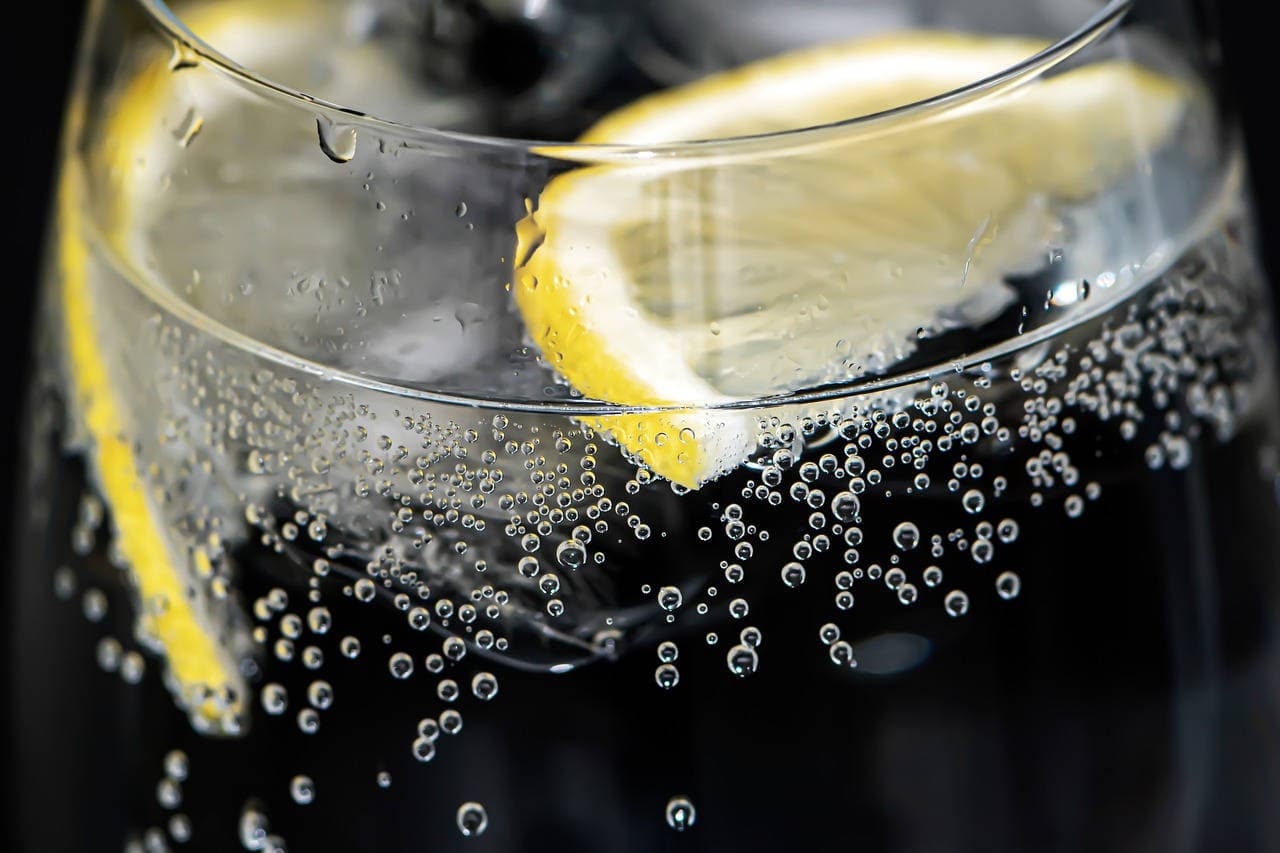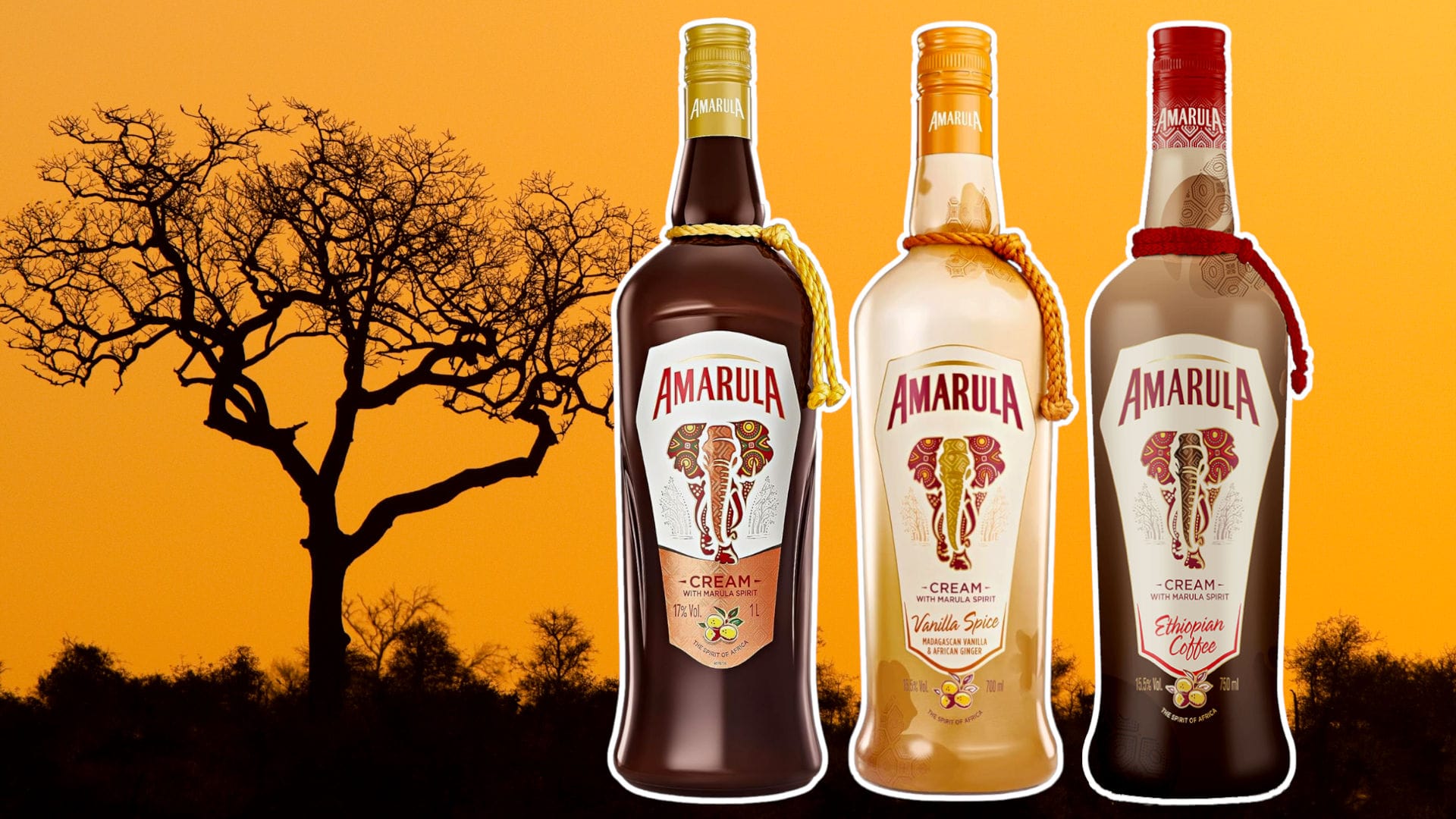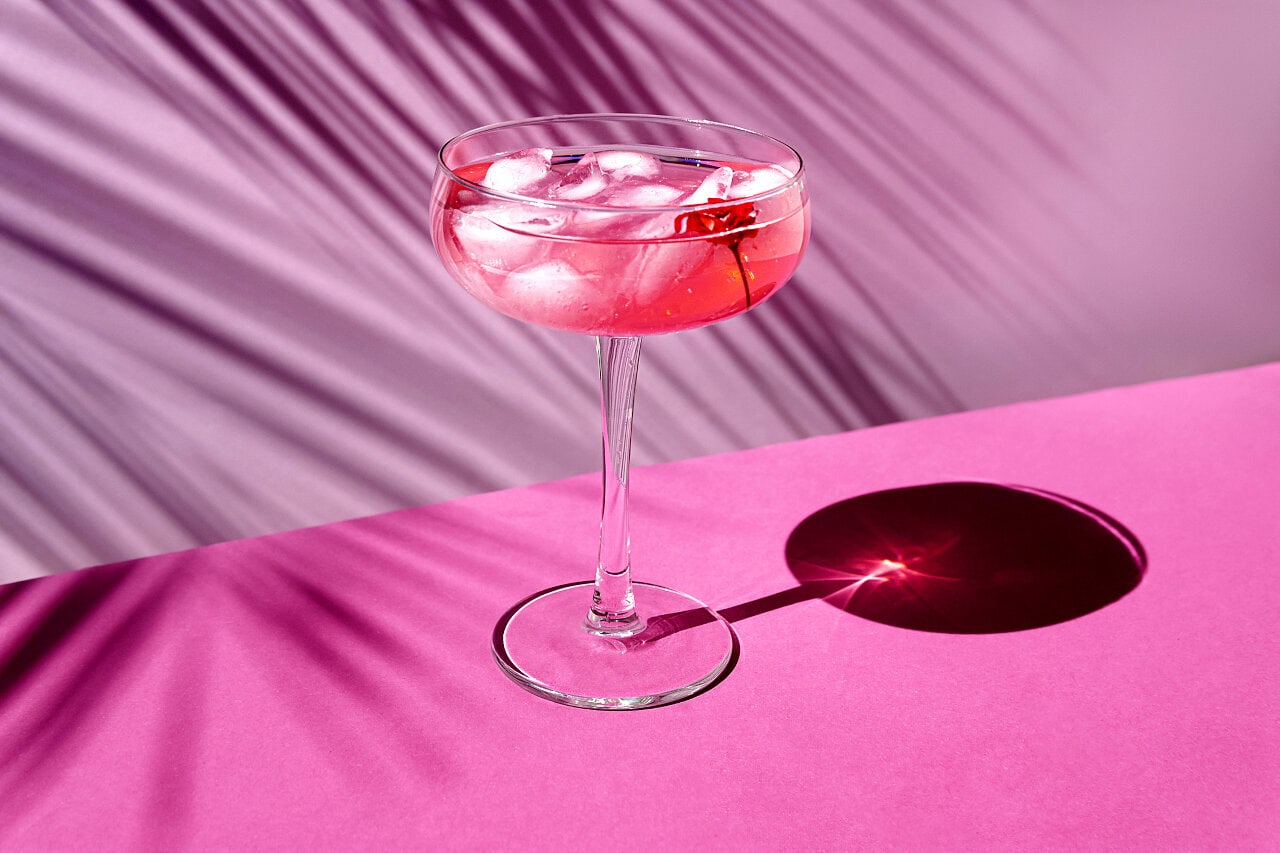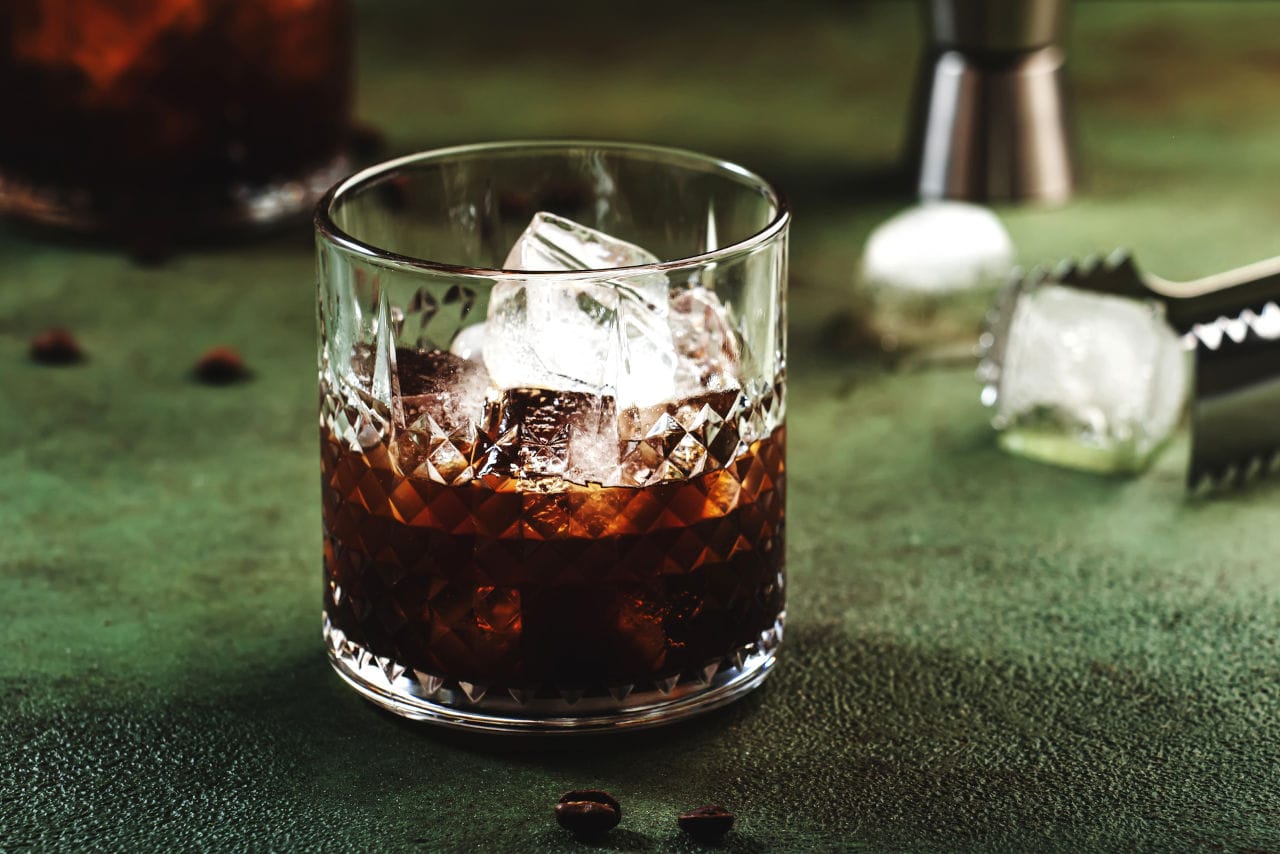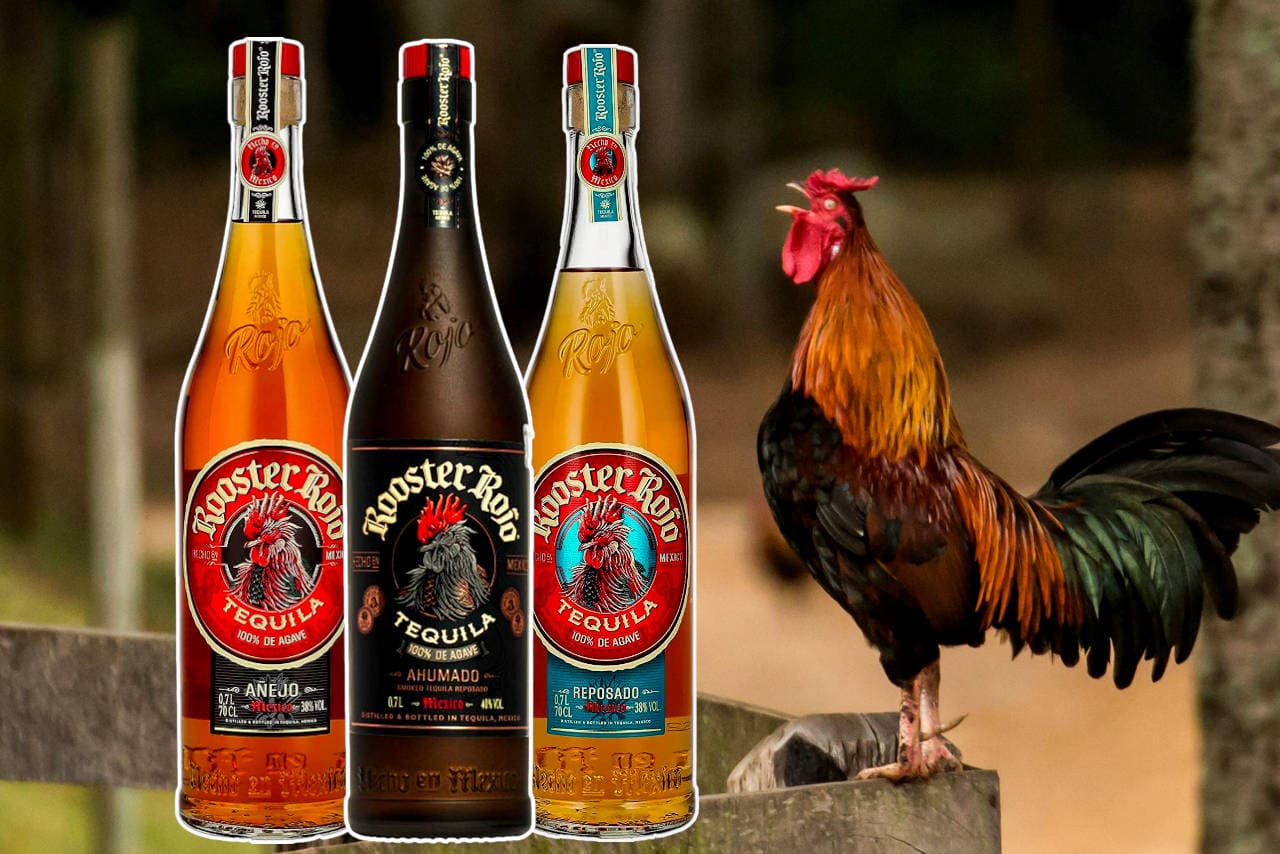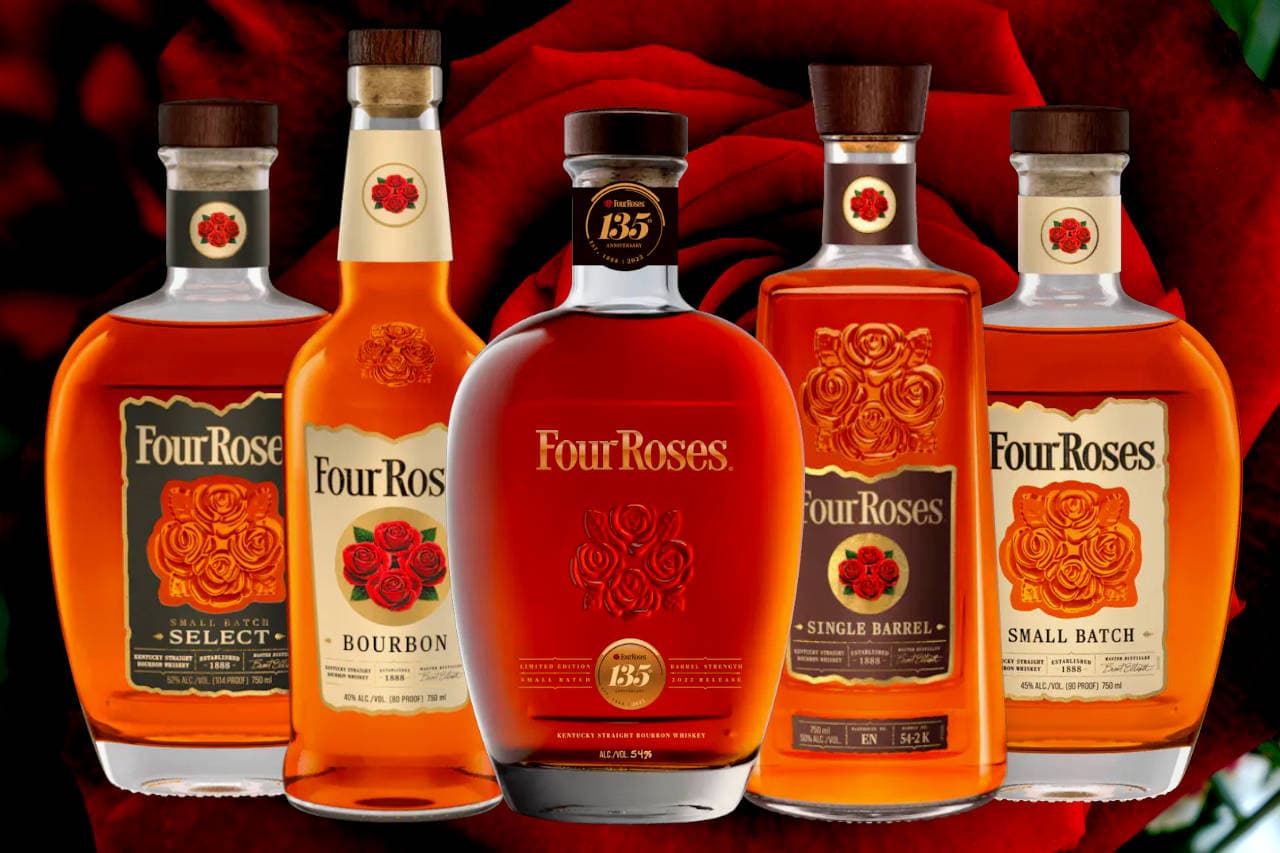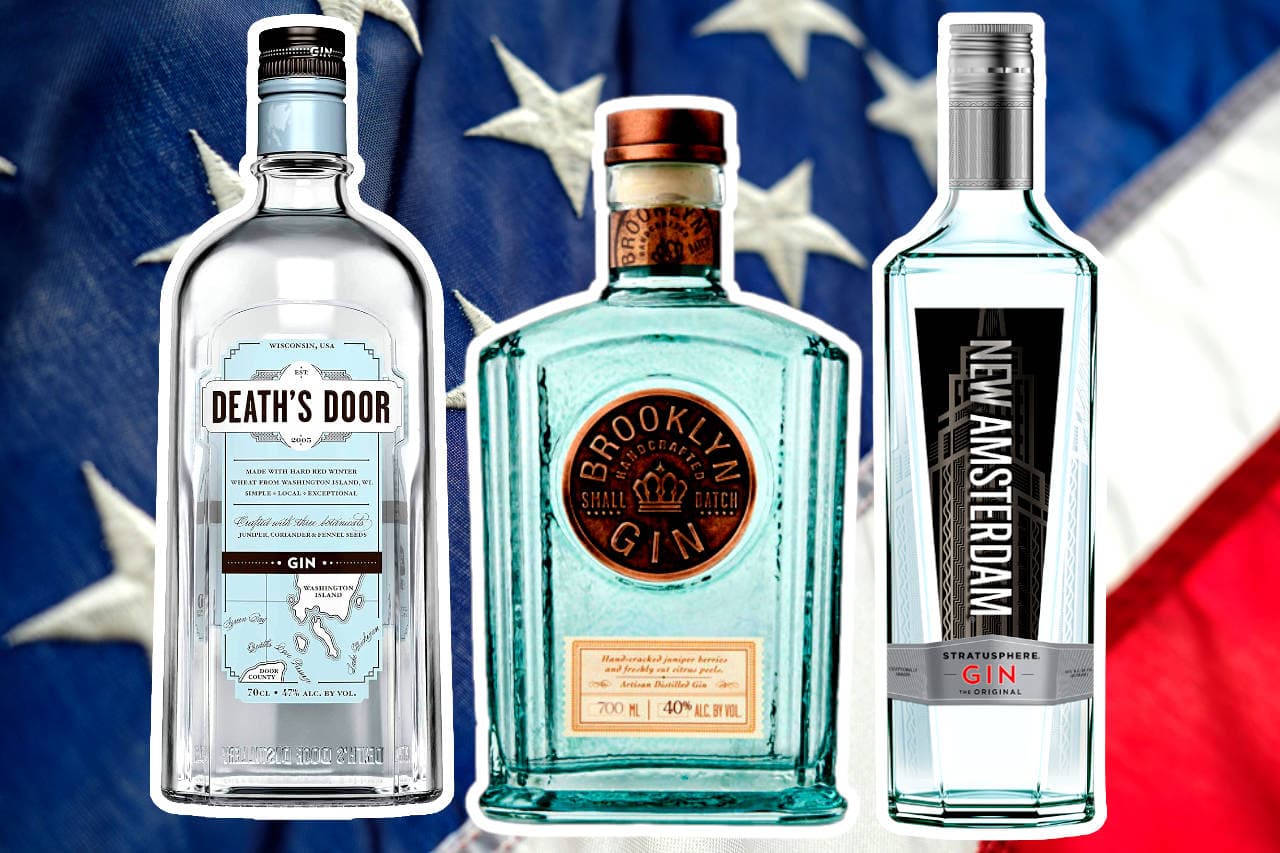Ah, the unmistakable bitter-sweet taste of tonic water… a vital ingredient of many fancy cocktails, most famously the classic Gin & Tonic. You may not be aware of several fascinating facts about tonic water, such as its glowing properties or historical ability to keep malaria at bay.

Facts (& Myths) About Tonic Water
I’ve lined up six incredible facts about tonic water that may help you with the million dollar/pound question on Who Wants To Be A Millionaire…. or impress your fellow drinkers during the pub quiz.
1. Who Invented Tonic Water?
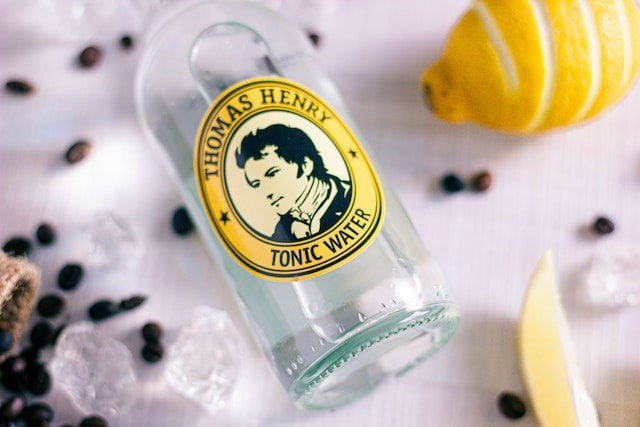
Although Thomas Henry was the first to combine water with carbon dioxide back in 1733, Tonic water was first patented by Englishman Erasmus Bond of Pitt & Co in 1858. Bond’s version of tonic water was marketed as medicinal, extremely bitter, and poorly received by the public. The drink was a mix of carbonated water and high levels of quinine.
But the Johann Jacob Schweppes company (Schweppes) was the first to bring this drink to market. In 1870 Schweppes launched mineral water infused with quinine and lime; this fun twist was well received by the public.
2. What Is Tonic Water Made From?
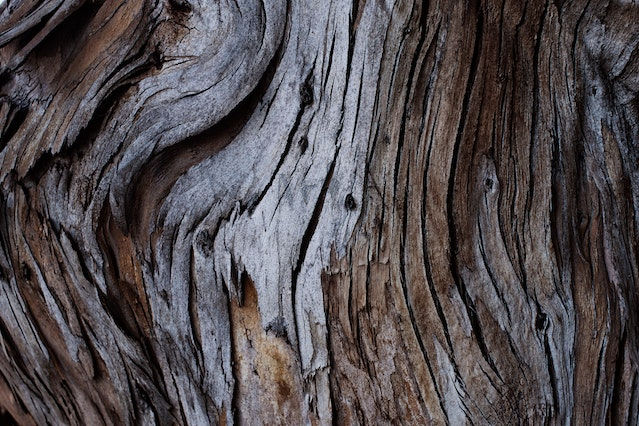
In its most basic form, tonic water is created by adding quinine to carbonated water. Quinine is a mineral extracted from a Cinchona tree’s outer bark. Cinchona trees (aka fever trees) are native to South America.
The modern version of Tonic water will have sugar, sweetener or fruit sugars added to improve the taste. This lessens the bitter flavour of the quinine and makes it more bearable. The higher the quinine content, the bitterer the taste of the tonic water.
Also Read: 7 Navy Strenght Gins To Ignite Your Tastebuds
3. Can The Quinine In Tonic Water Keep Malaria At Bay?
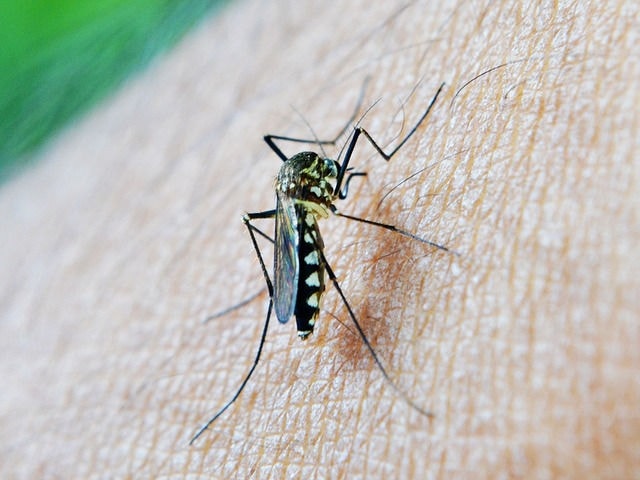
Historically, quinine was used to treat and prevent malaria (modern medicine has now replaced quinine due to various other side effects). Quinine was first used to treat fever in patients, hence the name of the famous brand “Fever Tree.”
Modern tonic water’s quinine is low at approximately 80 mg per litre, so this is, alas, now a myth. An effective medicinal dose of quinine will be upwards of 500mg per litre, which was found to be effective against malaria.
Also Read: 7 Old Tom Gins Sweetened to Purr-fection
4. How Did Gin & Tonic First Get Paired Together
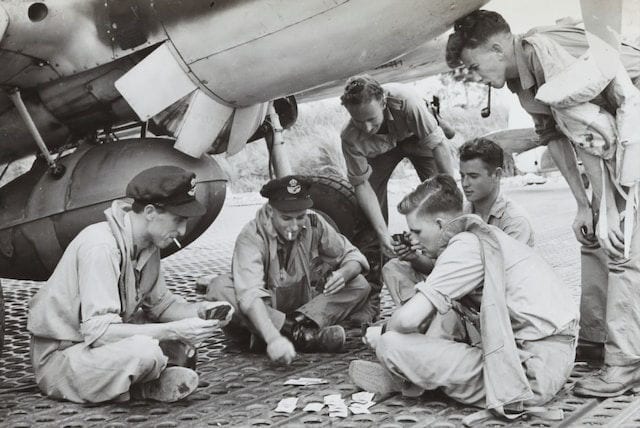
British soldiers stationed in East India in the early 19th century were given high amounts of quinine to help combat malaria. The soldiers would concoct homemade tonic water made with soda, quinine, and water to reduce the bitter taste of the medicine.
Many soldiers could still not swallow the bitter tonic, so they added their daily gin rations to the homemade tonic water. This was the birth of the first Gin and Tonic cocktail.
5. Why Does UV Light Make Tonic Water Glow?
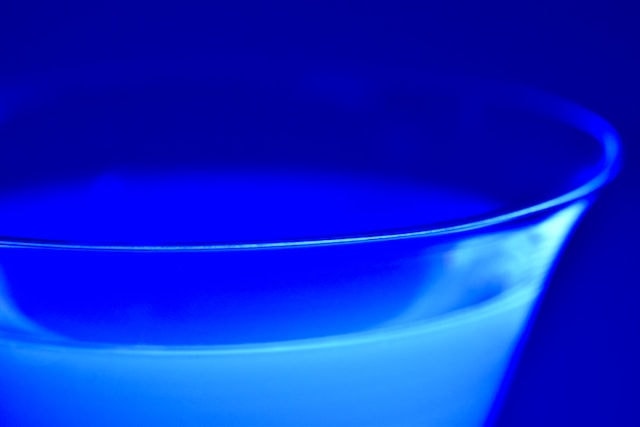
Under ultraviolet (UV) light, the quinine contained in tonic water fluoresces a beautiful blue colour. This is due to the quinine absorbing the light energy, which excites the mineral. Once the quinine is excited, it emits a blue light as it returns back to its normal state.
6. Can Too Much Tonic Water Make You Anxious?
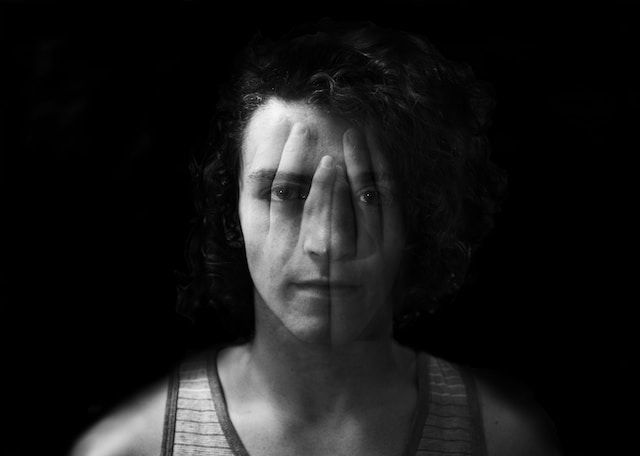
Today, modern tonic water contains far less quinine than when it was first invented in the 1800s, so for most people, side effects from tonic water are no longer a cause for concern.
The most noticeable side effects of quinine are due to people taking very high doses (perhaps in tablet form), and they can indeed become more anxious. Other side effects due to too much quinine intake include; nausea, diarrhoea, stomach cramps, and abnormal heart rate.
Also Read: Our Bombay Sapphire Distillery Tour

Andrew’s Top Pick
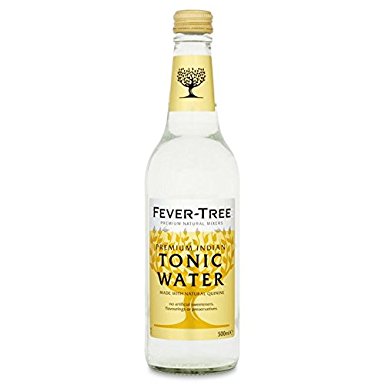
Fever-Tree Indian Tonic Water
If you want the ultimate tonic water, look no further than Fever-Tree Indian Tonic Water. Check out my full article on Fever-Tree tonic waters to see what all the fuss is about, as they have several varieties.
Conclusion
There are plenty of fascinating facts and myths about tonic water. It’s made with a mineral found in the bark of the Cinchona tree called quinine that will even glow under UV light. Can it prevent malaria? Sadly no longer… but that myth may make you feel better about the health benefits of your next G&T.
So, the next time you notice the sea of different tonic waters as you wander past the drinks aisle of your local supermarket or drinks store, spare a thought for the British soldiers who created the world’s most popular gin cocktail, the famous Gin & Tonic.

Further Reading
Below are some additional articles from The Drinks Geek blog. We write articles on several fascinating areas of drinks, including different brands, drink types, cocktail recipes and more.

